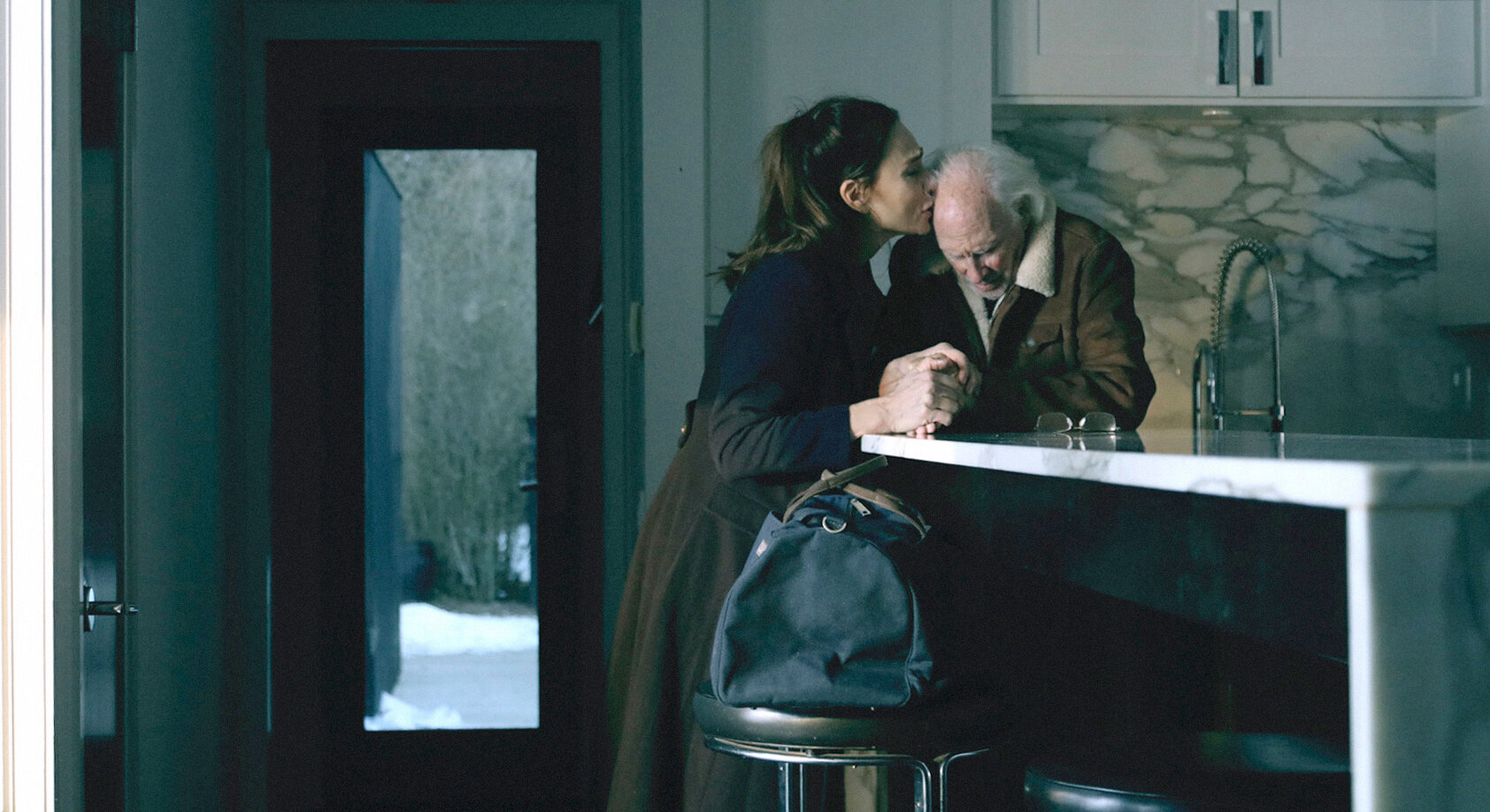Director Julie Taymor takes the expansive route of biographical drama with “The Glorias,” trying to capture the sweep of the whole life of its subject, writer and feminist icon Gloria Steinem — which is both its strength and its weakness.
It’s a slight weakness because going from Steinem’s childhood in Toledo, Ohio, in the early 1940s to her appearance as an elder stateswoman at the Women’s March in Washington in 2017 is a long haul, and Taymor takes two-and-a-half hours to walk it. But the strength comes in Steinem’s world-changing story, and the flourishes Taymor — the woman who made “Frida,” “Across the Universe” and the Broadway version of “The Lion King” — brings to bear.
In the opening scene, Steinem — played by Julianne Moore — gets off a Greyhound bus in the Black Hills of South Dakota, and steps into a biker bar. She’s headed to the Lakota Sioux reservation, and the bartender informs her that 300,000 motorcycle enthusiasts are about to descend on the town. This would seem to be enemy territory for the world’s most famous feminist, but Steinem’s take-it-as-it-comes attitude comes to her aid unexpectedly.
In the early going, Taymor and co-writer Sara Ruhl show where Steinem got her adventurous streak, and her drive to fight for women’s equality. Taymor intercuts between Steinem’s childhood in Toledo and a college fellowship that took her to India.
In Ohio, an 8-year-old Steinem (played by Ryan Keira Armstrong) learns resilience from her father, Leo (Timothy Hutton), a happy-go-lucky traveling salesman with a scheme for every occasion. As a teen (played by “The Haunting of Hill House’s” Lulu Wilson), Gloria watches her mother, Ruth (Enid Graham), once a journalist before marriage, become diminished as she satisfies the social strictures of marriage. In India, Steinem (played by Alicia Vikander), rides the third-class trains with the poor Indians, and learns how to listen as women in villages tell their horrific stories of oppression, inequality, rape and abuse.
After that, the story goes roughly in chronological order, meaning Vikander gets to portray Steinem as a young journalist pitching stories and battling sexism in the 1960s — her exposé of working conditions as a Playboy bunny made her famous — while Moore takes over in the ‘70s, forming Ms. magazine, shifting from journalist to activist, and helping spur the drive for the Equal Rights Amendment.
These sections are dotted with Steinem’s friendships with leading figures of the women’s movement. These include: The activist Dorothy Pitman Hughes (Janelle Monaé), who helps Gloria get over her fear of public speaking; the firebrand lawyer Flo Kennedy (Lorraine Toussaint); Cherokee Nation leader Wilma Mankiller (Kimberly Guerrero); United Farm Workers co-founder Dolores Huerta (Monica Sanchez); and — the most fun cameo of all — Bette Midler as the loudmouthed New York congresswoman, Bella Abzug.
It’s a sprawling biography, spanning decades and locations, and sometimes Taymor lets the pace slacken moving from moment to moment. As a connecting device, Taymor brings back that Greyhound, a metaphor for Steinem’s constant traveling and a place where all four actors playing Steinem can occasionally confer — the younger self admitting the doubts the older self long ago forgave, and so on. The bus metaphor strains a bit in places, but Taymor’s final shot on the bus is exhilarating.
The four actors all capture facets of Steinem perfectly, particularly in Vikander’s distillation of the young Gloria’s wide-eyed enthusiasm — which pairs perfectly with the middle-age perspective Moore adds to the mix. When the four tag-team a sexist TV interviewer, casting him into a vortex of his own chauvinism, it’s a capstone to a movie that displays the ferocious power of Steinem’s wit and hard-won wisdom.
——
‘The Glorias’
★★★
Available starting Wednesday, September 30, streaming on Amazon Prime. Rated R for some language and brief lewd images. Running time: 147 minutes.







